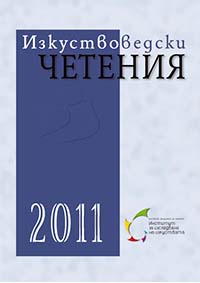Състоянието на търговските центрове в световен контекст
Trade centres condition in global context. Analysis of the main characteristics of the spatial models
Author(s): Ina SemerdjievaSubject(s): Fine Arts / Performing Arts
Published by: Институт за изследване на изкуствата, Българска академия на науките
Summary/Abstract: Location – a brief review of the spatial model development from ancient times till now. Differentiation of two main tendencies: outside the administrative centre or close to the city centre. Which is the right location? Premises for the right function of the model: easy and convenient access and approach to the building, well organized parking, functional and aesthetic interaction between the model and the surrounding environment; right channelling of pedestrian flow. Bulgarian examples. Functional structure – a number of functions cohabit harmoniously in the same building. Main rules: first, convenient and logical vertical communication through elevators and moving stairways; second, organization of the traffic within the building, so as not to have weak or strong points; third, no interaction between the different activities when planning the zones of the trade sites, so that each zone to attract customers of various financial segments. Natural evolution of the functional structure over the years. World examples of contemporary practice: Publicis Drugstore, Paris France; Q 19, Vienna, Austria; My Zeil Shopping Centre, Frankfurt, Germany; Kanyon Shopping Centre, Istanbul, Turkey; Westside Shopping and Leisure Center, Bern, Switzerland; Nаmba Parks, Osaka, Japan. Exploitation and renovation concepts for the existing models worldwide.
Journal: Изкуствоведски четения
- Issue Year: 2011
- Issue No: 7
- Page Range: 90-98
- Page Count: 9
- Language: Bulgarian
- Content File-PDF

